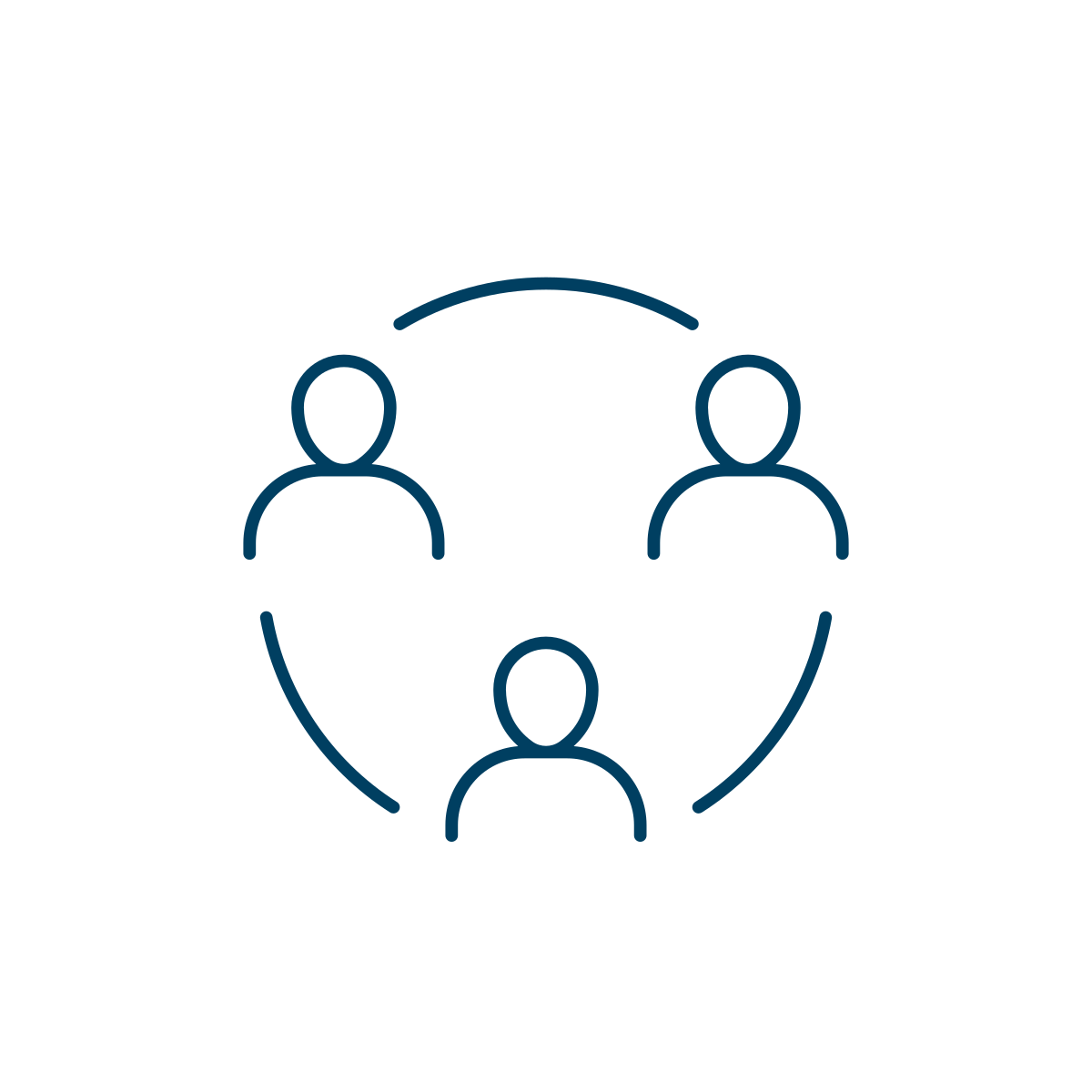Insight
Atrial fibrillation (AF) is a chronic condition affecting around 1.4 million people in the UK (1).
It is the most common heart rhythm disturbance and significantly increases the risk of stroke, with around 20% of all strokes caused by AF (2). These AF-related strokes are also more likely to be fatal or cause severe disability.
It is estimated that there are at least 270,000 people aged over 65 with undiagnosed (or silent) AF in the UK and around 1 in 8 people are not treated effectively (3).
While it is not possible to prevent all AF-related stokes, it is estimated that 7,000 strokes and 2,000 premature deaths each year in England could be prevented using oral anticoagulants, reducing this risk of stroke by 64%. (4)(5)
By effectively identifying those with AF, they can receive the necessary treatment to prevent potential life-changing or even life-threating stroke occurrences.
Intervention
Health Innovation East brokered a pilot of a new remote Atrial Fibrillation (AF) detection pathway in partnership with West Suffolk Hospital NHS Foundation Trust (WSH).
The pilot used a population health management approach to identify individuals already known to the Trust who are at higher risk of AF, with the aim to offer, free, at home, heart rhythm monitoring for seven days using an application called FibriCheck (an innovative, hardware-free smartphone and smartwatch application that detects cardiac arrhythmias using the phone’s camera).
Where monitoring suggests the potential presence of AF, patients were contacted by WSH and if appropriate, offered further diagnostic assessment for 14 days via ZioXT Patch; a wire-free remote ECG monitor that collects data which is then analysed by AI technology validated by cardiac physiologists and recommended by NICE Medical Technologies Guidance 52. This was followed by a remote consultation and initiation of treatment to prevent avoidable strokes where appropriate.
While also helping to manage the pilot, Health Innovation East provided specific focus on bringing together the innovators of FibriCheck and ZioXT Patch with Suffolk and North East Essex ICS (SNEE) and WSH to create this remote AF detection pathway.
To ensure the impact was effectively measured and to identify areas of strengths and improvements, the University of Essex was commissioned and funded by Health Innovation East to evaluate the pilot.
Impact
Over the course of the pilot, 1,192 people downloaded the FibriCheck app, with 36 going on for further monitoring with the ZioXT Patch. As a result, 10 people received a confirmed diagnosed and treated for AF.
Two of these patients had no noticeable symptoms of AF and so would not have been identified via the traditional routes (going to a GP and being referred to a cardiologist). The pilot also found patients were having symptoms of AF but were not seeking medical care.
The pilot has shown there is massive potential to use this kind of digital approach to support patients at risk of AF. Remote AF monitoring allows patients to take control of their health from the comfort of their own homes while reaching a wider range of patients within the community that could have AF.
Preventing even just one stroke case has significant benefits for the individual and their family as well as long-term savings for the NHS. As a result of the pilot, a number of patients have now benefited from an earlier diagnosis of AF and started treatment, preventing potentially devastating AF-strokes.
Who was involved?

The remote AF monitoring pilot was a collaborative partnership between Suffolk and North East Essex Integrated Care Board West Suffolk Hospital NHS Foundation Trust and Health Innovation East to identify patients at higher risk of AF and support them with a remote monitoring pathway via secondary care. The University of Essex was commissioned by Health Innovation East to evaluate the pilot.
Read the final evaluation report
Download and read the final evaluation report here.
Get in touch
If you would like to find out more about the remote AF pilot, please contact Ben Jackson, Advisor, ben.jackson@healthinnovationeast.co.uk.
References:
(1) Atrial Fibrillation. [Online]. NHS. Available at: https://www.nhs.uk/conditions/atrial-fibrillation [Accessed 14 April 2023].
(2) Stroke Association. (2022). Atrial Fibrillation. [Online]. Stroke Association. Available at: https://www.stroke.org.uk/what-is-stroke/are-you-at-risk-of-stroke/atrial-fibrillation [Accessed 14 April 2023].
(3) British Heart Foundation. (2023). UK CVD Factsheet. [Online]. British Heart Foundation. Last Updated: April 2023. Available at: https://www.bhf.org.uk/-/media/files/for-professionals/research/heart-statistics/bhf-cvd-statistics- [Accessed 14 April 2023].
(4) Stroke Association. (2022). Atrial Fibrillation. [Online]. Stroke Association. Available at: https://www.stroke.org.uk/what-is-stroke/are-you-at-risk-of-stroke/atrial-fibrillation [Accessed 14 April 2023].
(5) StopAfib.org. (2021). Anticoagulant Medication to Prevent Strokes. [Online]. StopAfib.org. Last Updated: 7 April 2021. Available at: https://www.stopafib.org/managing-afib/medication-for-afib/prevent-strokes/ [Accessed 14 April 2023].
You may also be interested in…

Supporting the best practice in the screening and treatment of atrial fibrillation.

Linking paramedics directly to a stroke consultant.
Why this impact story is relevant to you
Healthcare providers
Get involved